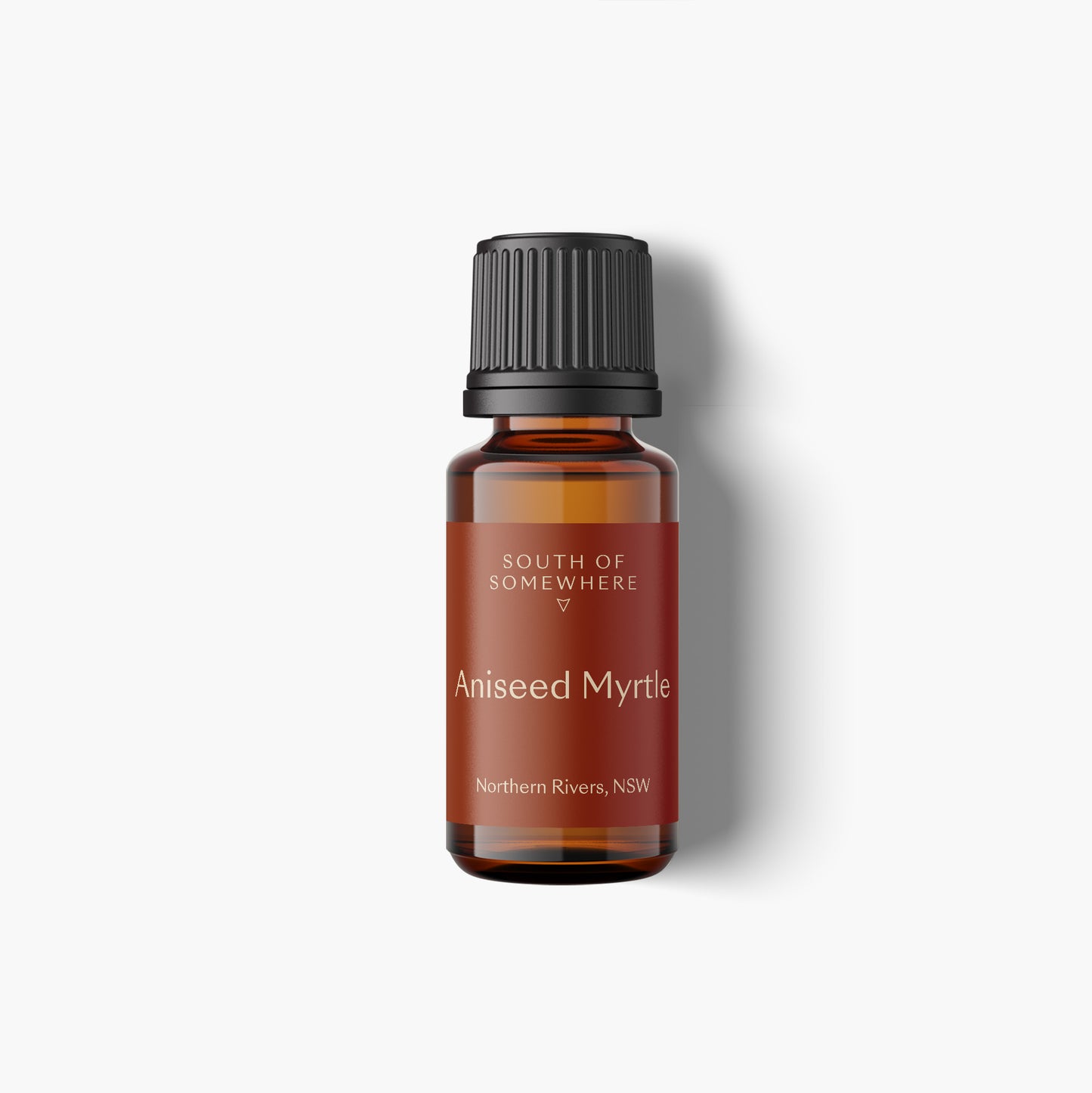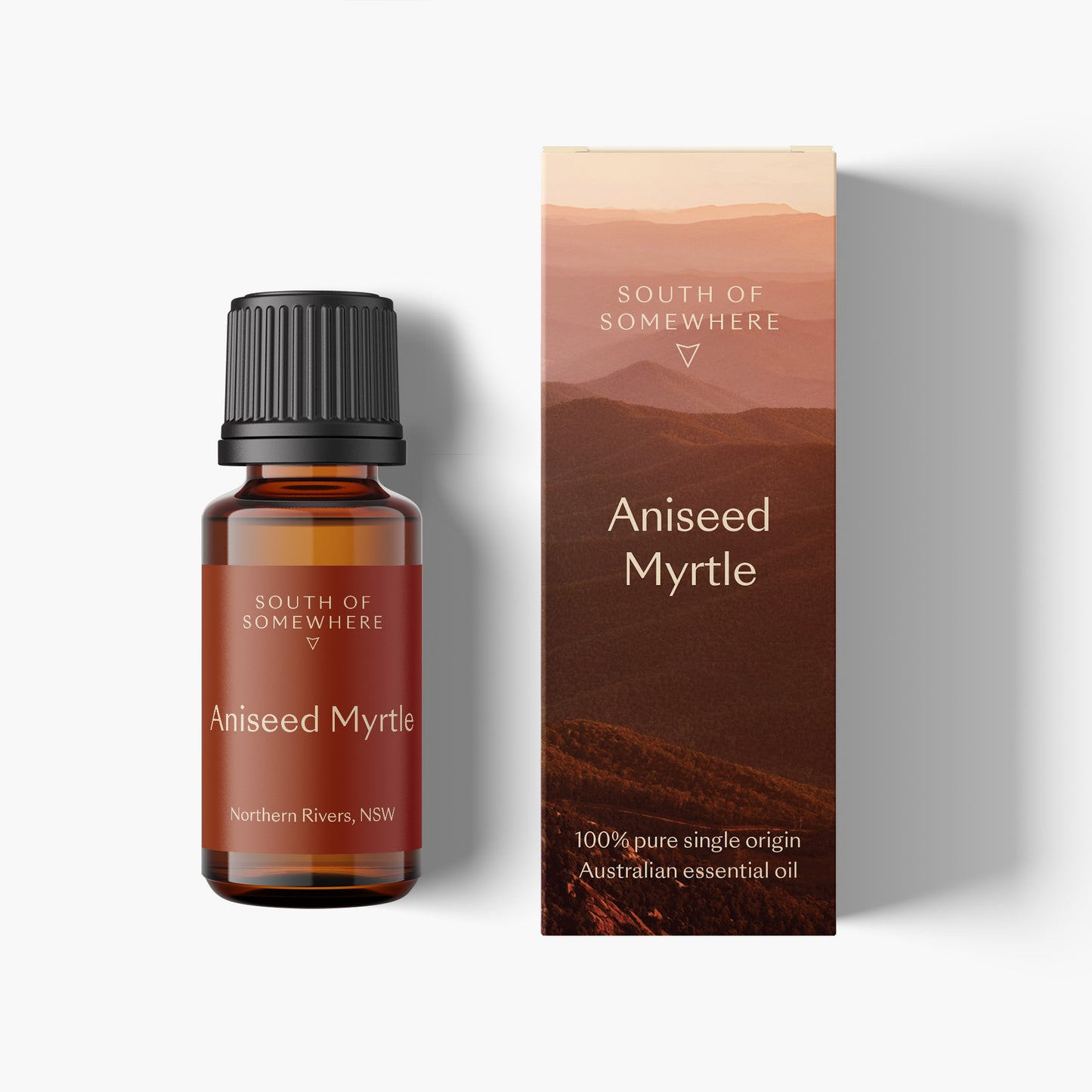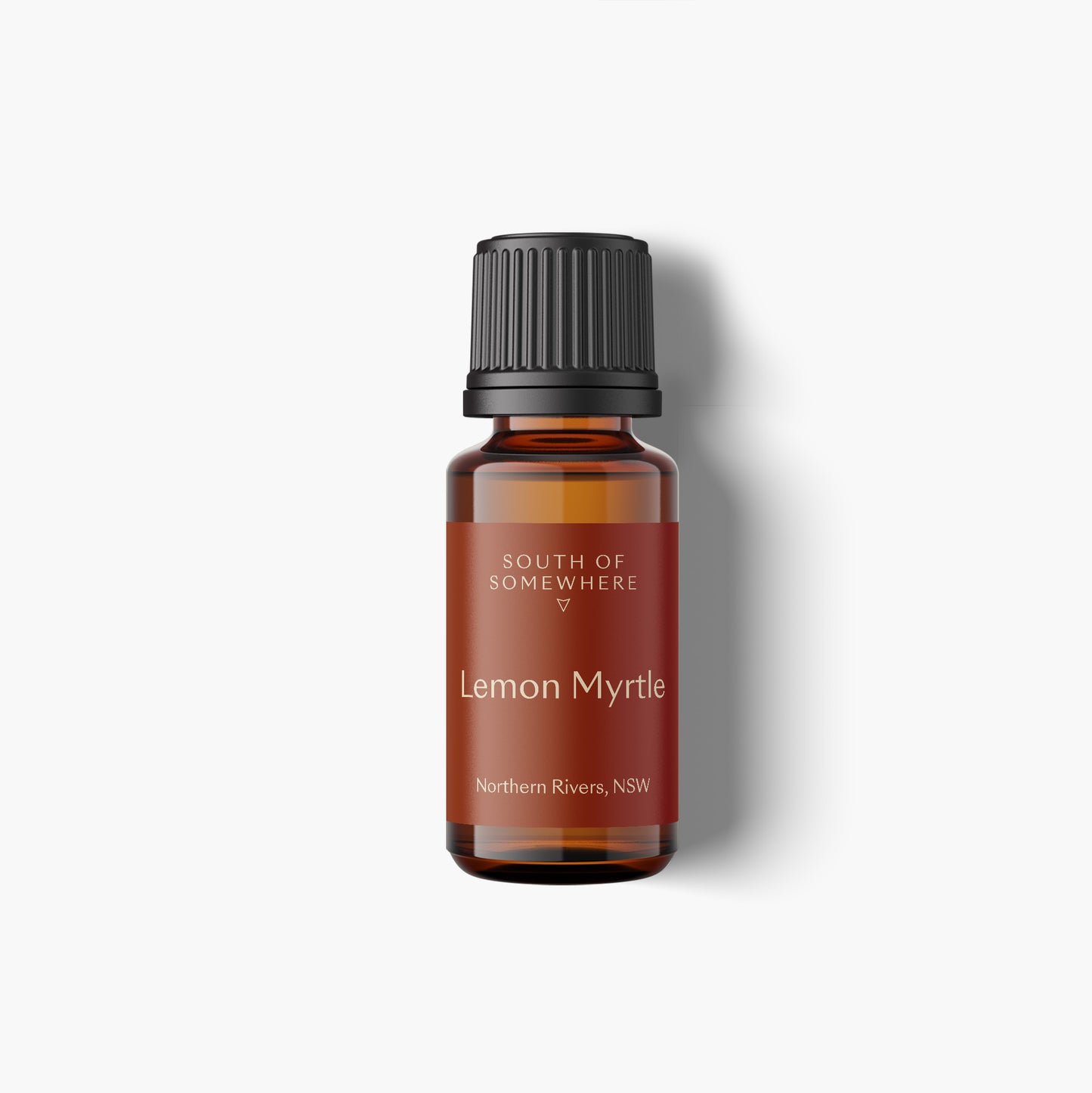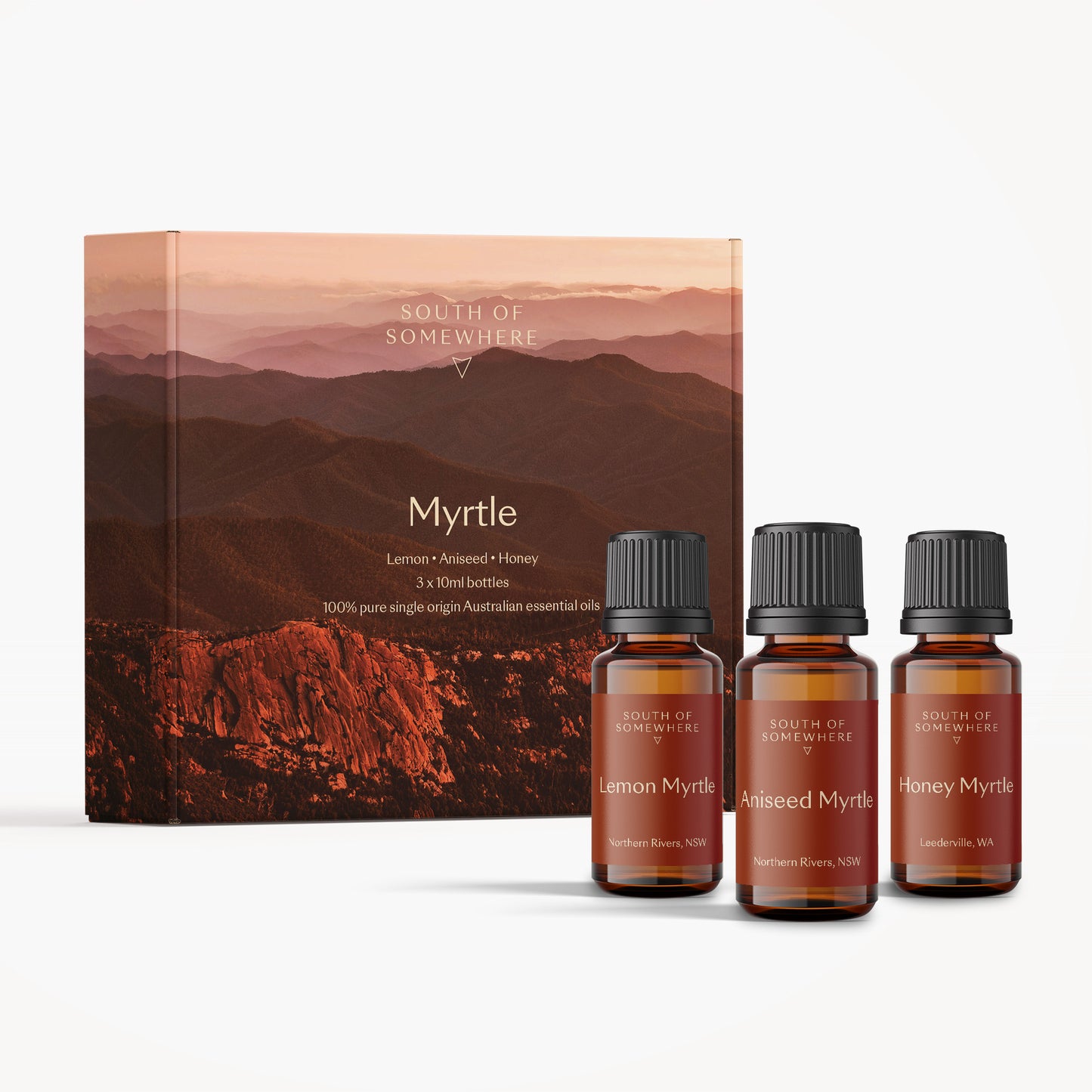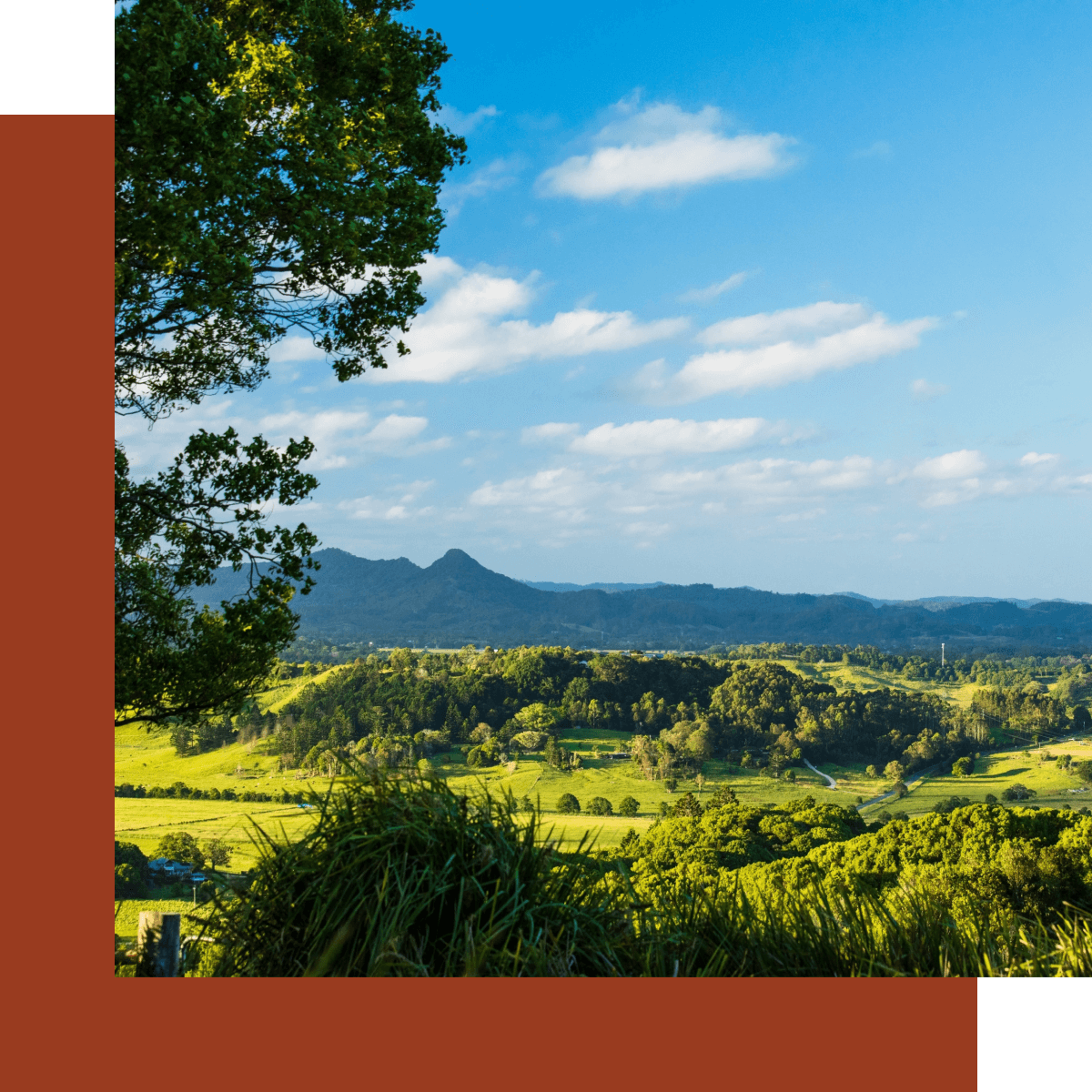
About Aniseed Myrtle Essential Oil
The Aniseed Myrtle Essential Oil is great for grounding and creating a calm environment, to aid and relieve anxiety. Bringing you back to your happy place! Recently back into production on this farm in Northern Rivers, after a 20 year hiatus by Native Oils Australia. The Aniseed Myrtle is only one of many of the organically grown the amazing crops this family run farm produces, also growing many native fruits and trees

History & Traditional Uses
A rainforest tree growing to 40 metres, Aniseed (also known as Anise) Myrtle is very rare in the wild, limited to Bellingen and Nambucca Valleys of New South Wales.
Aniseed Myrtle is grown in plantations around northern New South Wales. These plantations were actually planted for the herb or bush tucker markets until the ‘rediscovery’ of its unique essential oil.
It is a new oil to the aromatherapy industry and has the potential to supersede traditional Aniseed essential oils on the basis of a superior Anethole content and a superior, fresher Anise aroma.
Aniseed Myrtle essential oil is extracted via steam distillation of the stems and branches.
There is little known about the traditional uses, although it has been reported that the trees were harvested during World War 2, when aniseed flavouring was in short supply. The leaves are believed to have been made into a tonic with a vitalising effect. S. anisatum previously named Backhousia anisata J. Vickery after James Backhouse, a 19th century English nurseryman and Quaker missionary.
Aniseed myrtle is viewed a traditional food of Australia by FSANZ and has been exported to the EU prior to 1997. It is listed for inclusion in the Codex Alimentarius.

Agriculture, Harvesting & Distilling
Aniseed Myrtle as an essential oil is relatively new to the essential oil market due to its rarity. Being found in the far eastern parts of Australia close to the coast the plant would have been documented by the earliest settlers. It is only recently that the essential oil was distilled and its high Anethole content made Aniseed Myrtle extremely desirable.
Aniseed Myrtle Essential Oil has its roots in the early use of the herb.
When growing in a planation, Aniseed Myrtle is grown as a bush, and the harvesting is carried out using a small mechanical harvester, or hand cut, to remove the top 70% to 80% of the bush. The leaves and some small branches are placed straight into special bins for distillation. The bins are transported to the still-house and connected to the condenser, and then steam is injected into the bin. The steam vaporised the biomass and then the vapour that rises through the condenser contains both the oil and water. The vapour is collected in a separator, which cools the vapour allowing the oils and water to split. The oil floats on the top, and the water is tapped off from the bottom, allowing the oil to remain. The steam distillation process can take anywhere from 1 hour to several hours depending on the yield, which depends on the season.









